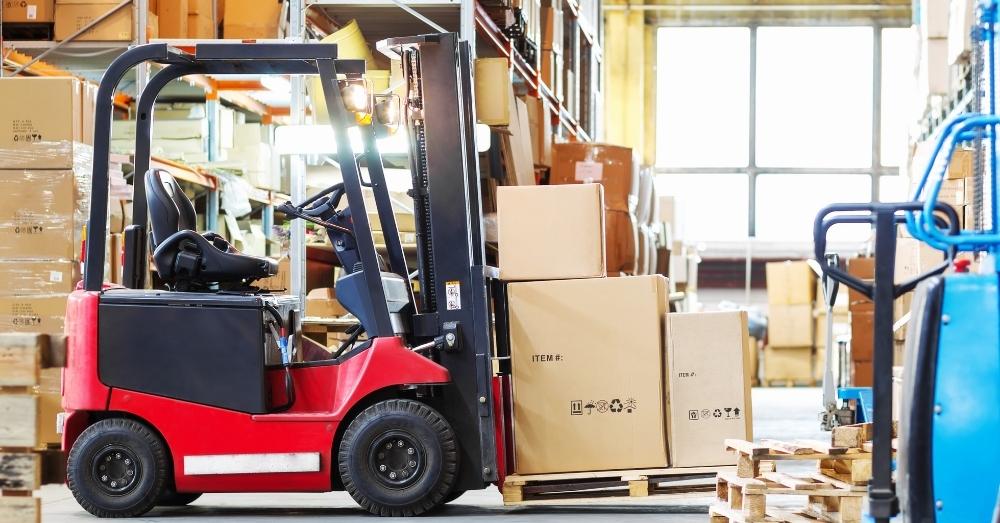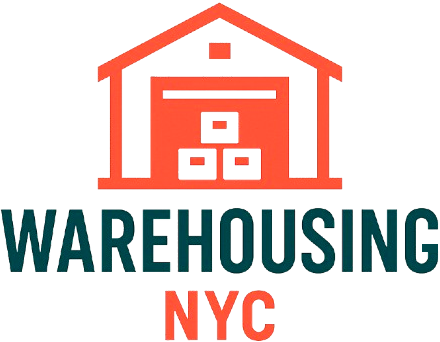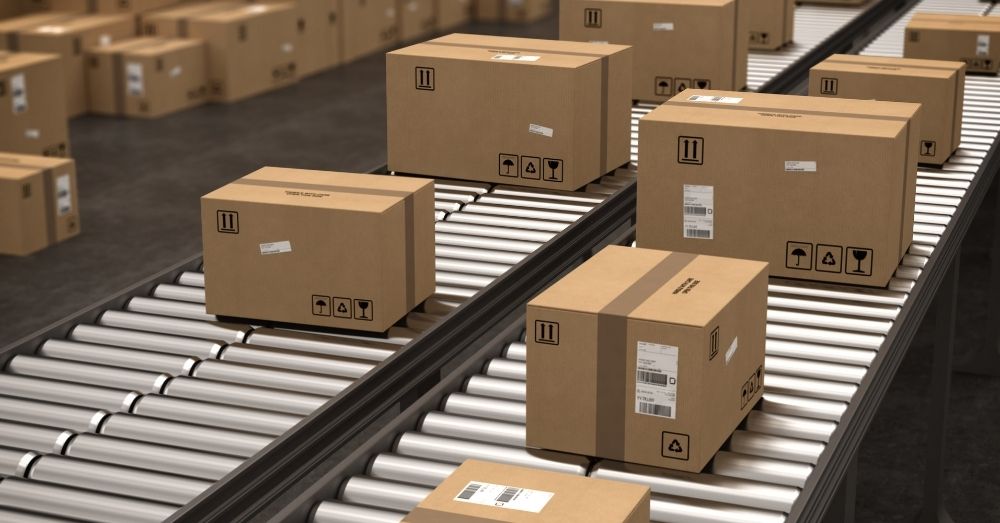Returns are an inevitable part of running a warehouse. Whether a product is damaged, defective, incorrectly shipped, or simply unwanted by the customer, the way a business handles returns can make or break its reputation.
With the rise of e-commerce and evolving customer expectations, warehouses must go beyond basic storage and fulfillment — they must master warehouse returns management to stay competitive.
Table of Contents
Key Takeaways
✔ Warehouse returns management is the process of receiving, inspecting, and resolving returned goods.
✔ Effective return management builds trust, improves efficiency, and protects profits.
✔ Clear procedures help prevent delays and keep customers satisfied.
✔ Standardized inspections ensure accuracy and streamline workflows.
✔ Accurate records improve accountability and highlight recurring issues.
✔ Returns should be resold, repaired, or recycled to reduce waste.
✔ A defined workflow ensures returns are handled quickly and consistently.
✔ Technology automates processes and improves efficiency in handling returns.
✔ WMS automates tracking and keeps warehouse procedures consistent.
✔ ERP and CRM integrations align teams for smoother resolutions.
✔ Analytics and AI predict returns, refine procedures, and speed up decisions.

What Is Warehouse Returns Management?
At its core, warehouse returns management is the structured process of handling returned goods after they leave the customer’s hands. It involves:
- Receiving the product back into the facility
- Inspecting and verifying its condition
- Deciding on resale, repair, recycling, or disposal
- Processing any refund and replacement for the customer
Without a clear process, warehouses risk inventory inaccuracies, financial losses, and poor customer experiences.
Why Returns Management Matters
In today’s competitive landscape, companies that excel at handling product returns in warehouse environments gain a significant edge.
- Customer retention: A seamless return boosts customer confidence.
- Operational efficiency: Standardized workflows reduce delays and errors.
- Profit protection: Salvaging and restocking returns help recover value.

Handling Product Returns in Warehouse: Best Practices
Effective handling product returns in warehouse operations is essential for strong logistics and customer service. Without clear processes, returns create bottlenecks, raise costs, and frustrate customers waiting for their refund and replacement. In 2024 alone, U.S. retailers lost nearly $890 billion to returns, or 17% of total sales, underscoring the need for efficient management.
Inspection and Quality Control
Inspection is the first and most crucial step in the returns process in warehouse operations. Every returned product should undergo a standardized quality check to determine its condition and next steps.
When conducting inspections, staff should look for:
- Original Packaging and Labeling: Returns in their original packaging are easier to process and often eligible for resale. Proper labeling also reduces errors in the customer returns workflow.
- Signs of Wear, Damage, or Defects: Products should be carefully examined for scratches, missing parts, or malfunctions. Detecting issues quickly prevents costly mistakes in warehouse returns management.
- Compliance with Return Policies: Items outside policy guidelines — such as used products beyond the return window — need to be identified immediately so customers can be informed about their eligibility for refund and replacement.
Documentation and Tracking
Equally important in handling product returns in warehouse settings is accurate documentation. Logging each return prevents lost items, ensures accountability, and provides data for identifying recurring issues. This documentation supports smooth customer returns workflow by keeping both warehouse teams and customer service aligned.
Proper documentation should include:
- Date of Return – When the product was received back into the facility.
- Customer Details – Order number, name, and contact information for tracking.
- Reason for Return – Whether due to damage, wrong item, or dissatisfaction.
- Product Condition – Recorded observations from the inspection process.
Resale, Refurbishment, or Disposal
After inspection and tracking, the next phase in the returns process in warehouse operations is determining the fate of the product. Not all returns are losses — many can be resold or repaired, protecting profit margins and reducing waste. Typical outcomes include:
- Resale: If the item is unopened, unused, or still in near-new condition, it can often be placed back into inventory. Clear warehouse return procedures ensure these items are quickly re-labeled and made available for resale, minimizing downtime.
- Refurbishment: Items that are damaged but repairable may be refurbished for future sale. This step requires coordination between warehouse teams and repair specialists but can turn otherwise wasted products into value-generating inventory.
- Recycling or Disposal: For products that are beyond recovery, responsible recycling or disposal is essential. Documenting these cases ensures compliance with warehouse returns management policies and provides data for process improvement.
5 Steps in a Customer Returns Workflow
A well-structured customer returns workflow ensures that products move smoothly from the customer back into the warehouse system. Each stage must be clearly defined to avoid delays and errors, especially as the growth of e-commerce continues to drive higher volumes of returned goods.
1. Customer Initiation
The process begins when customers request a return, either through an online portal or by contacting customer service. At this stage, it’s important to gather accurate details — such as order number and reason for return — which later supports efficient warehouse returns management. Clear instructions provided to the customer also help streamline the returns process in warehouse operations.
2. Authorization
Once the request is submitted, the system generates a Return Merchandise Authorization (RMA). This step verifies eligibility and prevents fraudulent claims. Authorization ensures consistency in handling product returns in warehouse environments and establishes a tracking ID that follows the item throughout the customer returns workflow.
3. Product Collection or Drop-off
Customers either ship the item back or drop it off at designated locations. Providing multiple return options improves the customer experience and reduces delays in the refund and replacement stage. Organized logistics during collection help warehouses maintain smooth warehouse return procedures and avoid bottlenecks.
4. Warehouse Processing
When the product arrives, warehouse staff conduct inspections to determine its condition. This includes logging data, checking for damage, and categorizing items for resale, refurbishment, or disposal. Consistent handling product returns in warehouse ensures accuracy and prevents mistakes that can disrupt the returns process in warehouse systems.
5. Resolution Communication
The final step in the customer returns workflow is updating the customer about the outcome. Whether the case results in a refund and replacement or an alternative resolution, prompt communication builds trust. By aligning warehouse teams and customer service, businesses strengthen both their reputation and their long-term warehouse returns management strategy.

Leveraging Technology to Improve Returns Management
Digital tools help streamline every stage of the returns process in warehouse operations. When systems are integrated and data is analyzed properly, businesses can manage returns more proactively instead of just reacting to problems.
Warehouse Management Systems (WMS)
A Warehouse Management System is one of the most valuable tools for handling product returns in warehouse operations. It:
- Automates the returns process in warehouse environments, ensuring products are logged and tracked quickly.
- Updates stock levels in real time, preventing issues with overselling or inaccurate inventory counts.
- Minimizes manual data entry, which reduces human error and keeps warehouse return procedures consistent.
ERP and CRM Integrations
Linking Enterprise Resource Planning (ERP) and Customer Relationship Management (CRM) systems brings customer service and warehouse staff onto the same page. Benefits include:
- Seamless communication between departments when handling product returns in warehouse.
- End-to-end visibility of returns so customer service can quickly update customers about refund and replacement status.
- Stronger alignment between policies, ensuring smoother warehouse return procedures and faster resolutions.
Data Analytics & Automation
Analytics and AI-powered automation are transforming warehouse returns management. With the right tools, businesses can:
- Identify frequent issues in returns, helping refine warehouse return procedures and reduce repeat problems.
- Predict return rates across categories, improving inventory planning and strengthening the customer returns workflow.
- Automate decision-making, such as whether an item qualifies for refund and replacement, saving staff time and reducing errors.

Frequently Asked Questions (FAQs)
Yes, many fulfillment centers manage returns as part of their services. They receive the product, inspect it, update inventory, and coordinate with customer service to issue refunds or replacements, ensuring a smooth returns process.
Staff should verify the return, log the details, inspect the item, and decide whether it can be restocked, refurbished, or disposed of. Proper documentation keeps the customer returns workflow accurate and ensures timely resolutions.
Perishable goods, intimate or hygienic products, and custom-made items are often non-returnable. Clear policies outlining these exceptions keep the returns process in warehouse operations efficient and reduce confusion.
The purpose is to minimize costs, maintain inventory accuracy, and keep customers satisfied. Strong warehouse returns management provides structure for inspections, updates, and timely refunds or replacements.
Returns should be measured by key metrics like return rate, processing time, resellable percentage, and overall cost. Tracking these helps refine warehouse return procedures and improve the customer returns workflow.
Stop Letting Returns Eat Into Your Profits—Work with Us!
At Warehousing NYC By Best, we don’t just manage storage and fulfillment — we deliver operational clarity for brands that want to thrive in the fast-paced market of New York, NY. Our 3PL warehouse New York solutions are designed to simplify the returns process in warehouse operations, optimize inventory control, and ensure smooth customer resolutions.
Ready to streamline your logistics and elevate your customer experience? Contact Warehousing NYC By Best today!

